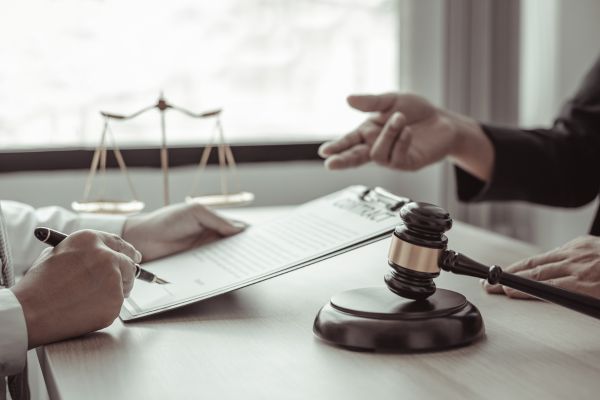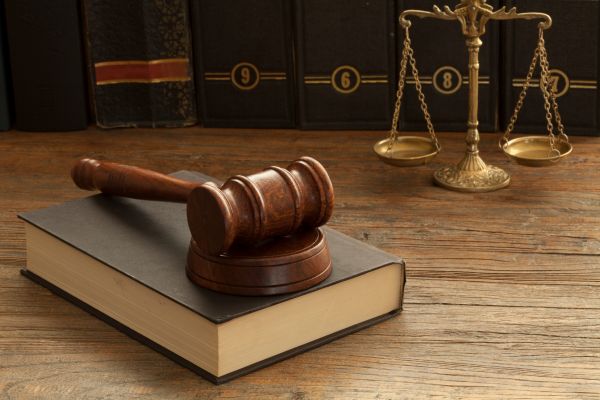Since past semicentennial, the most debated political topic has been “The Emergency of 1975” which was enforced during the tenancy of the Former Prime Minister Smt. Indira Gandhi from June 25, 1975 to march 21, 1977. The Emergency declared in the fateful year has been penned-down in the history of India with blank ink. The 21 month period Emergency was issued by president Fakhruddin Ali Ahmed under Article 352 of the Constitution because of the prevailing ‘internal disturbance’. Such declaration bestowed absolute power prime minister Smt. Indira Gandhi absolute power to rule by decree with the cancellation of elections and suspension of civil and fundamental rights.
The pillars of the fateful event can be traced back to the day when the judgement was pronounced by Allahabad high court which found the first woman prime minister of India Smt. Indira Gandhi guilty of electoral malpractices during her 1971 Lok Sabha election campaign. The court on the 12th day of June in year 1975 declared that her election was null and void, and she was disqualified from holding elected office for six years. This was a direct threat to her political survival.
The provisions of emergency are outlined from Article 352 to Article 360 under Part XVIII of the Constitution and it is declared when there is a state, national or financial threat in event of war, external aggression, breakdown of law and order and internal disturbance or when the country becomes financially unstable. In during the emergency of 1975, the Articles 14, 20, 21 and 22 were suspended and the articles 358 and 359 were invoked leading to defeat of the basic structure of the Indian constitution.
[1]Article 20 of the Indian Constitution deals with the protection in respect of conviction for offences, while [2]article 21 deals with a person’s right to life and personal liberty which states that no person shall be deprived of his life or personal liberty except according to procedure established by law.In during the emergency of 1975, article 20 and 21 were suspended, and it was challenged in the case,[3]ADM Jabalpur v. Shivkant Shukla (1976) in which the people of India filed a case in the hon’ble supreme court of India to seek legal recourse for violation their fundamental rights under article 21 but the apex court with 4:1 majority decided that the citizens had no such rights, which was later criticized widely. Later in the 44thamendment in year 1978, article 20 and 21 were made non-suspendable rights which couldn’t be invoked even during emergency declarations.
In during the period, India had mourned blooded tears due to defeat of democracy and the unfair dictatorship of the government which then enjoyed absolute power beyond the limits of law. There were many events out of the root event which shattered the citizen’s trust over the government, such as the arrest of many political opponents without trial. The arrest count of persons tallied more than 140,000 which also included imminent persons of politics like, Jayaprakash Narayan, Morarji Desai, Atal Bihari Vajpayee, L.K. Advani, and otherswere arrested under the Maintenance of Internal Security Act (MISA).
Moreover,the Press Council of India was abolished and newspapers and upcoming movies were pre-censored and required the government’s permission before issuance in public, along with that on 20th July 1975, the control over the cinemas were tightened by the board of film censor. Any news in relation to government or the emergency policies were strict banned. The information and broadcasting agency was very strict and controlled all media. The government emerged four major news agencies, the press trust of India, united news of India, Samachar Bharati and Hindustan Samachar into one, which was ‘Samachar’. Along with the censorship of the cinema and news, telemeg by foreign correspondents were also restricted and subjected to prior screening.
The most criticized event was initiated in September of 1976, ‘The mass sterilization campaign’ which was headed by Sanjay Gandhi, the younger son of Indira Gandhi in which around 8.3 million of men were sterilizedthrough the procedure of vasectomy. People were asked to undergo the process and the ones who denied were captured by the government and forcefully sterilized. the men included both married and unmarried men. Due to a large number of people, the procedure of vasectomy was conducted negligently leading to deaths many innocents.
Furthermore, the epicenter of Sanjay Gandhi’s ‘urban renewal’ was Delhi. Jagmohan Malhotra, the vice president of Delhi Development Authority (DDA) desired to beautify Delhi and they started the renewal to urbanize Delhi. Due to such urbanization process which was carried out in a short period of time, more than 700,000 people in Delhi were displaced. The demolitions were also carried out of the capital state. But unlike Delhi the notices given were shorter and in some places like Haryana and Bihar,no legal notice was given, rather the oral announcements were done by beating drums and informing the residents of the areas.There was demolition of around 12,000 in Mumbai and 1285 huts and 29 shops in Pune. The unethical demolition was carried out under the threat of police arrest.
The declaration of emergency had brought outrageousness and rebellion among the citizens, the Akali dal of India determinedly started the ‘Democracy Bachao Morcha’ headed by Harchand Singh Longowal and was launched on the soil of Amritsar. The government’s dictatorship was threatened by the Morcha and hence, arrested around 40,000 Akalis and Sikhs were arrested by the government officials.
Finally, on 18th day of January 1977, prime minister Indira Gandhi announced the general elections which were conducted from 16th to 19th in the month of march. Several opposition leaders, who were imprisoned in during the emergency were released. ‘The Janata Party’ which was one of the strongest oppositions of congress party, warned people that it might be their last chance to choose between democracy and dictatorship. After the conclusion of election, Shri Moraji Desai became the first non-congress prime minister of India and served the nation in capacity of the prime minister from 24th march 1977 to 15th July 1979.
Shah commission was set up in year 1977 under the chairmanship of justice J.C Shah, who had severed as the 12th Chief Justice of India to investigate the emergency’s impact on the country and people. The commission examined the misuse of power, arbitrary detention, censorships in various forms of mass media and sterilization procedure. The report of Shah commission was the most highlighted reports on emergency and stated that the emergency declared in India was not justified and was not declared out of threat of economic crises or breakdown of law and order but only to satisfy the consolidation of political power of the government. It also stated that there was excessive misuse of power which had affected India and Indian citizenssignificantly.
It has been 50 years since emergency was declared still scars remain. Law and order is made to drive the country and it’s people in the pious paths of justice and good faith and not to destroy the essence of humanity and fundamentals of law. India is known for being democratic along with being renowned for the diversity of religions and languages. Here every citizen has the right to choose their representative. And such representative is chosen out of faith and believe for a better tomorrow so there mustn’t be any circumstances where the leader of people wrecks the expectation of the people for monetary or political power.
[1] India Constitution 1950, Article 20
[2]India Constitution 1950, Article 21
[3]ADM Jabalpur v. Shivkant Shukla AIR 1976 SC 1207
Author Name- Ritika Das, a 5th year BA LLB(H) Student of S.O.A. National Institute of Law






